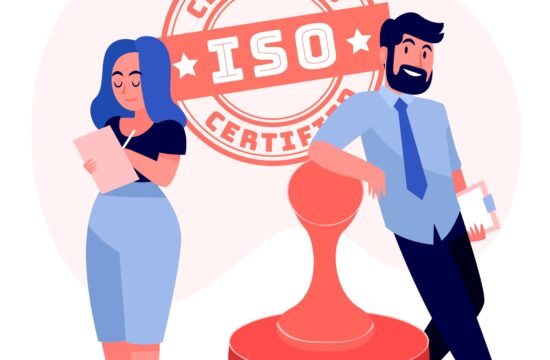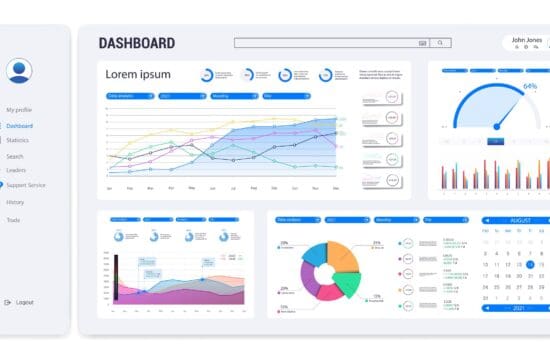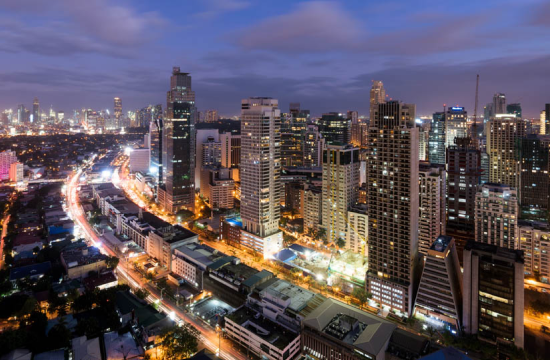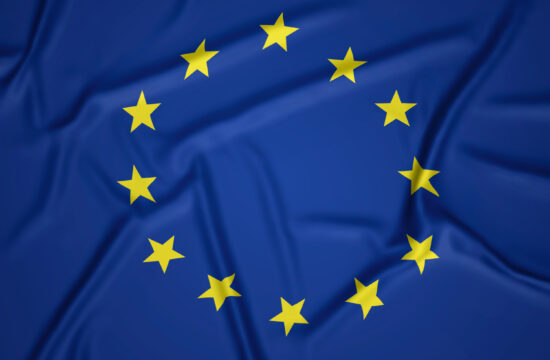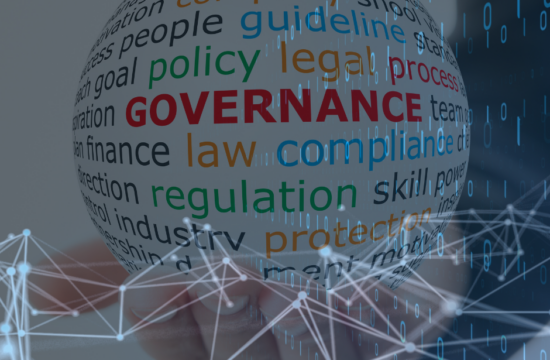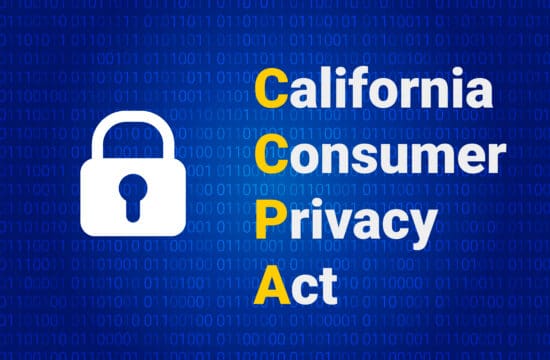GDPR introduced the concept of Record of Processing Activities(ROPA) in 2018. When it comes to GDPR requirement, organizations are required to create, update and maintain a ROPA as part of their GDPR Compliance. The ROPA document essentially summarizes the purpose of processing of personal or sensitive data, access of this data via internal/external parties, retention periods, security measures and beyond. For exact details please refer to Article 30. The current environment where Data Security has become more prominent creating a ROPA adds value not only from Compliance Perspective but also providing details about Risk Posture related to sensitive data use and storage.

Secuvy helps in automating the creation of ROPA as part of the data privacy assessments and readiness plans. And we often discover new insights into data management and governance practices. These observations yield positive outcomes and changes to help with data management and outlines the benefits of spending efforts to create a ROPA irrespective of the legal regulations applicable.
What is a Record of Processing Activities (ROPA)?
A Record of Processing Activities (ROPA) is a record of an organization’s processing activities involving personal data. Some businesses may think of “processing” as being limited to active events, but a ROPA must also cover data at rest stored on a server or even a paper document.
A ROPA records the below information for a processing activity:
- Names and Contact information of the data controller, data processor, data controller’s representative, joint controller, and data protection officer (DPO)
- Lawful Purpose of processing personal data
- Types of data subjects and categories of personal data being processed
- Categories of recipients with whom the personal data has been or will be shared with
- Third parties in other countries or international organizations who receive the personal data
- Retention schedule for each type of personal data
- Description of technical and organizational security steps relevant to each processing activity
What is the need for ROPA?
ROPA can help companies in many ways. For example:
- It demonstrates that your organization is compliant with the GDPR.
- It leaves a good impression on your consumers, partners, and investors.
- It helps show that your company follows all the required laws.
- It shows that your company is organized.
- It is necessary for your company to comply with ROPA under Article 30 of the GDPR.
- It assists your company and government organizations to function well.
- It helps your company in collecting valuable information and useful data.
- It enables your company to predict risks and make informed decisions.
How to create a ROPA report?
These are the steps needed to create and automate a ROPA report generation. Larger enterprises may want to create individual ROPAs for each department or line of business, and then aggregate these into a master enterprise-level record.
Know your Data: Use Data Discovery to Gain visibility into all your data. And Associate this data with the right business owners.
Automate Data Mapping: Associate the Data Flows with Automated visualized Data Flows reflecting data processing activities. Collaboration is needed within data owners across the organization to document all data processing activities.
Risk Posture Identification: Identify Data Retentions, Type of Data Categories, Shared Access with Internal & External Stakeholders.
Report Generation: Generate a ROPA using standard legal templates providing assessors with necessary proof of compliance.
For medium to large organizations, the data processing volumes can be high and we highly recommend using automated data discovery and classification to identify and collect the different categories of data and identify the purpose of processing. Automation is important here so one can focus on core business priorities and less time collecting and aggregating the information. Use of AI/ML based tools like Secuvy’s Data Classification is preferred as Data Types and Processes will keep on evolving as per Business goals.
What Happens If a Company Doesn’t Comply with ROPA
In case an organization fails to comply with ROPA, it may have to face consequences under the GDPR. This could be €10 million or 2% of the turnover.
How ROPA adds value to reduce Data Risks & improves Security Posture?
The more you know about Personal & sensitive data, the more effectively and efficiently you can use it to achieve your business goals. ROPA provides a clear picture to all stakeholders and executive management about the Risks & Security related to the personal and sensitive data being stored. These insights obtained via ROPA provide a stable foundation not only for aligning with legal and data privacy requirements, but also for implementing effective data management practices across the organization.

